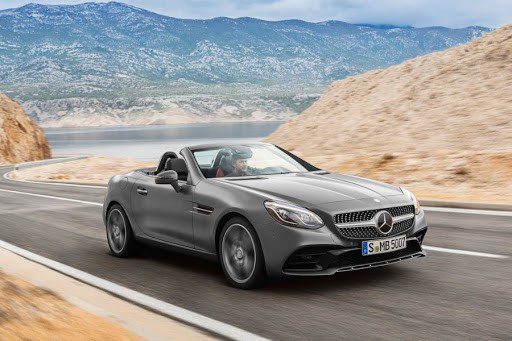
Fortum: we recycle over 80 percent of materials from used lithium-ion batteries • ELECTRIC CARS
Fortum appreciated the fact that it has developed a low-emission process that recycles more than 80 percent of the materials used in the manufacture of lithium-ion batteries. Good results have been achieved even with nickel and cobalt, which are the most difficult to recover and at the same time the most valuable in the production of [subsequent] electrical components.
Fortum reminds us that current battery recycling methods do not deal well with lithium-ion cells, and we manage to extract about 50 percent of the ingredients from all types of used cells (statistics refer to the European Union). The company boasts that, thanks to a process developed by Finnish Crisolteq, it can increase the amount of materials recovered by up to 80 percent (source). Interestingly, six months ago, Audi and Umicore promised more than 95 percent revenue.
> Audi and Umicore start recycling batteries. More than 95 percent of valuable ingredients are recovered.
Collaboration with Crisolteq and Finnish chemical plants enables the battery to be recycled on an industrial scale, including the processing of "black mass", that is, ingredients mixed with graphite. This is important because the increase in the number of electric vehicles by 2030 is expected to lead to an 8-fold increase in the demand for nickel and a 1,5-fold increase in the demand for cobalt, and this, in particular, will lead to a 500% increase in carbon dioxide emissions. 90 percent of these emissions can be avoided by using recycled materials.
Recycling is becoming a key topic because lithium-ion cells are already the backbone of the electronics industry, they are just becoming an important part of the automotive industry, and they will soon become indispensable in every household (energy storage). For the same reason, intensive work is underway around the world to reduce the cobalt content of batteries. Tesla cells, which seem to be the leader in this segment, already have better products than the latest NMC 811 elements from other companies:
> 2170 (21700) cells in Tesla 3 batteries better than NMC 811 in _future_
Introductory photo: graphite block (bottom right corner), exploded view, used lithium-ion cell, lithium-ion cell, Fortum lithium-ion cell module (s)
This may interest you: